Is the best chocolate from Europe?
Jul 9, 2024 - 3 min read
Slow COO, Sabrina Mustopo, calls this a common misconception.
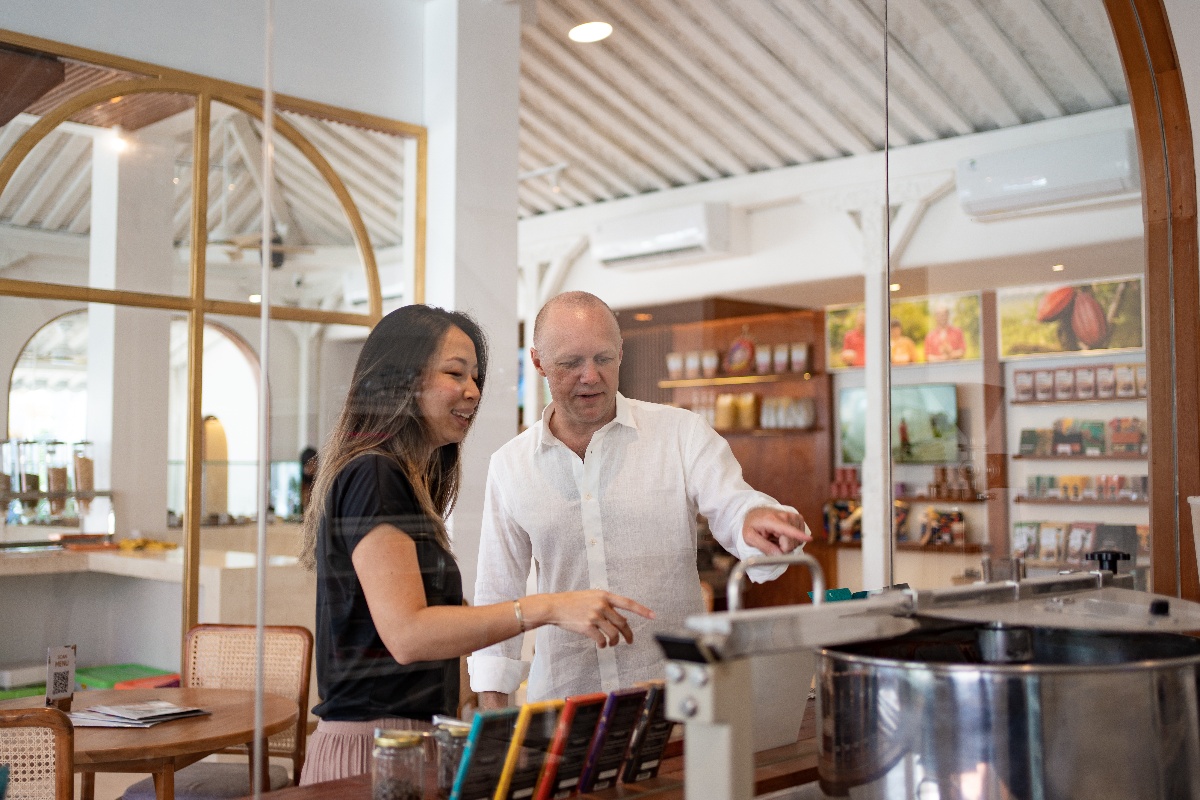
Last year, in a strategic move, Krakakoa Chocolate merged with Slow Forest Coffee to create Slow. ©Slow/Dedy Febriyono
For ten years, she's been at the forefront of Indonesia’s farmer-to-bar scene with Krakakoa Chocolate, sourcing the best cocoa beans straight from smallholder farmers, teaching them fermentation techniques and, of course, bringing melt-in-your mouth chocolate to consumers in Southeast Asia and Europe.
Last year, in a strategic move, Krakakoa Chocolate merged with Slow Forest Coffee to create Slow. Now the COO, Mustopo’s here to spill the beans on chocolate and her vision for Slow’s exciting future. First up, she challenges a common misconception: the belief that “best“ chocolate comes solely from Belgium or Switzerland.
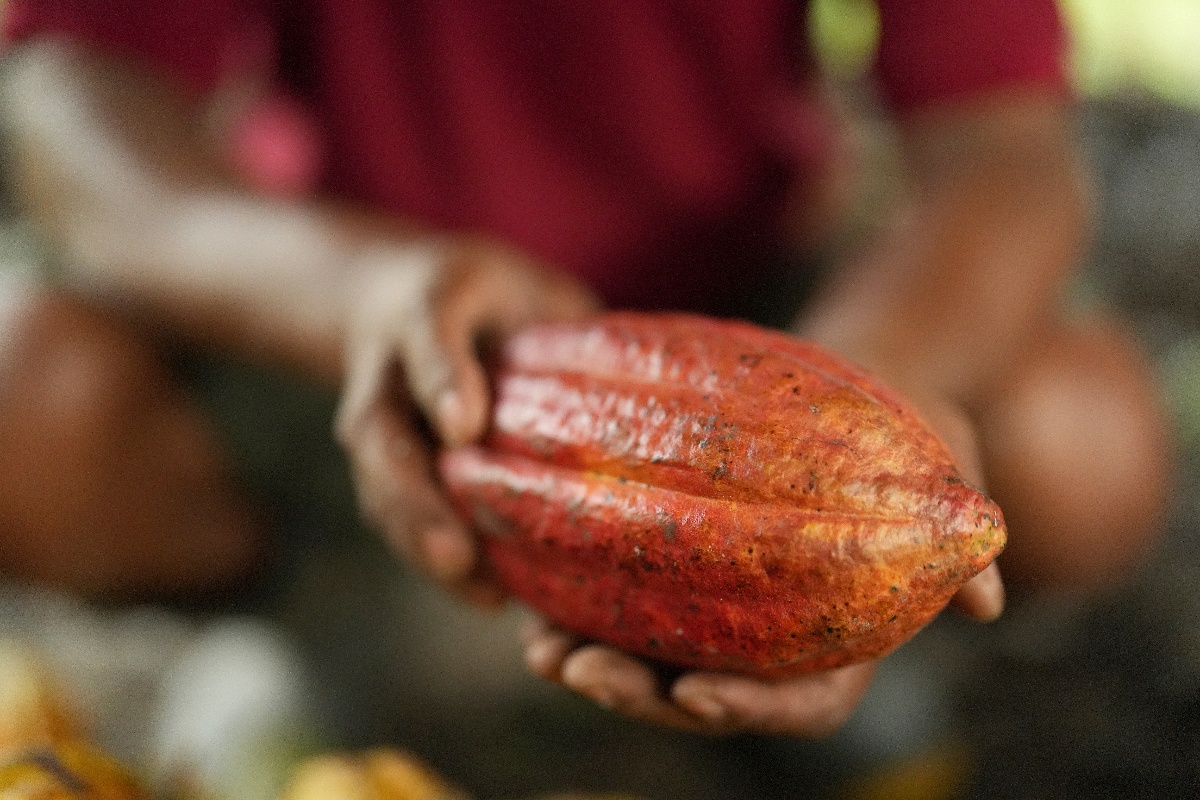
Some of the best chocolate are made in the countries of origin, like Indonesia
What continues to be a misconception about chocolate?
Sabrina Mustopo: People often say that the best chocolate in the world comes from Belgium or Switzerland. I think that's a common misconception. Firstly, those countries didn't produce any cocoa. Yes, Switzerland invented milk chocolate and the conching (basically, fancy grinding that smooths things out and amps up the flavour), and all of that - some of the techniques and really good chocolate is made there. But then nowadays, some of the best chocolate are made in the countries of origin.
People are getting more experimental with the type of cocoa they use, exploring and finding new flavour notes of cocoa, unlike the mass-produced chocolate you see in Belgium and Switzerland.
Read Also
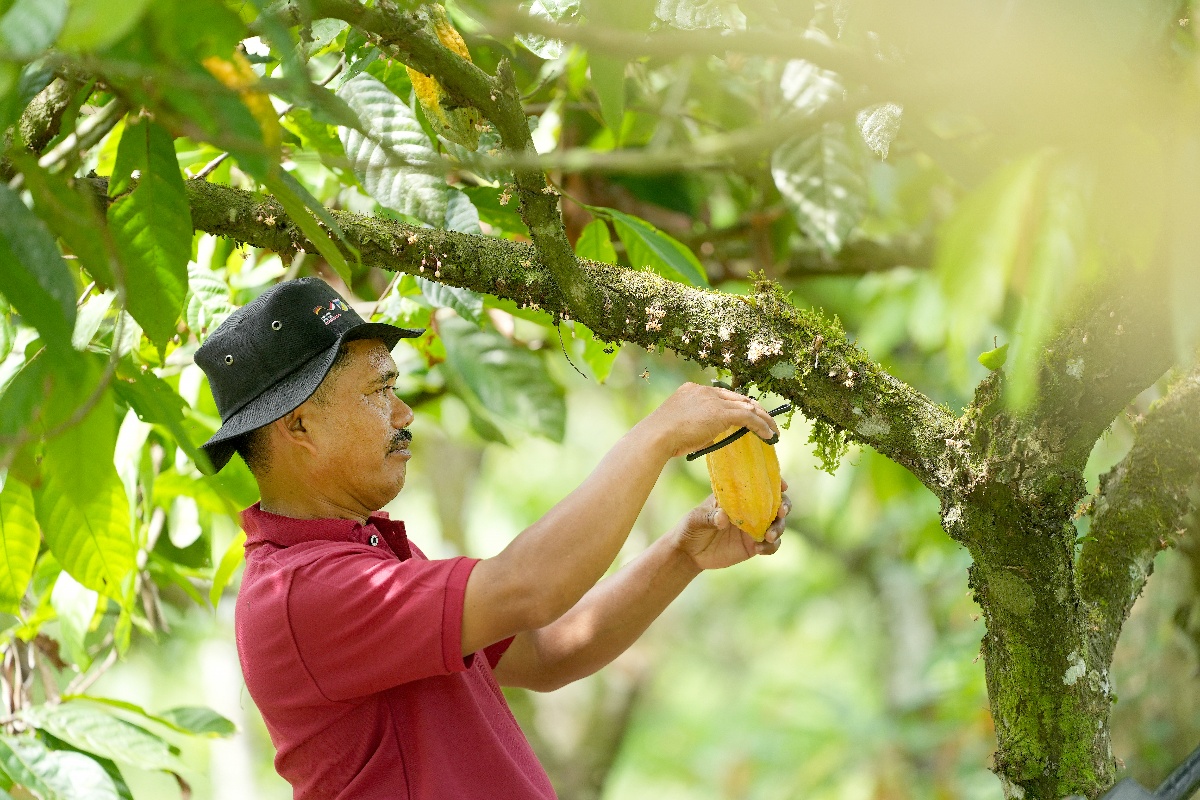
Smallholder farmer handle the best cocoa beans straight from their farm
How do chocolate producers get inspiration for creating ingredient combinations?
Sabrina Mustopo: Every chocolate maker, I think, comes up with things in a different way. It can start with really interesting ingredients you want to use. For example, for us, the flavour inspiration for our "Archipelago Collection" came from the question: 'What ingredients do we want to use, and how can we source them from Indonesian?'
Knowing Indonesia as the "Spice Island" and for its coffee, we chose these ingredients to feature in that specific collection.
For the Arenga Classics, we specifically use arenga sugarfor its regenerative properties and health benefits compared to conventional sugar. On the other hand, for products like Blinkies and Clusters, we prioritize customer preference. We ask ourselves 'Who is our target audience for those products? What kind of chocolate or flavour profiles do they typically enjoy?' By understanding customer segmentation, we can develop products that cater to their specific tastes.
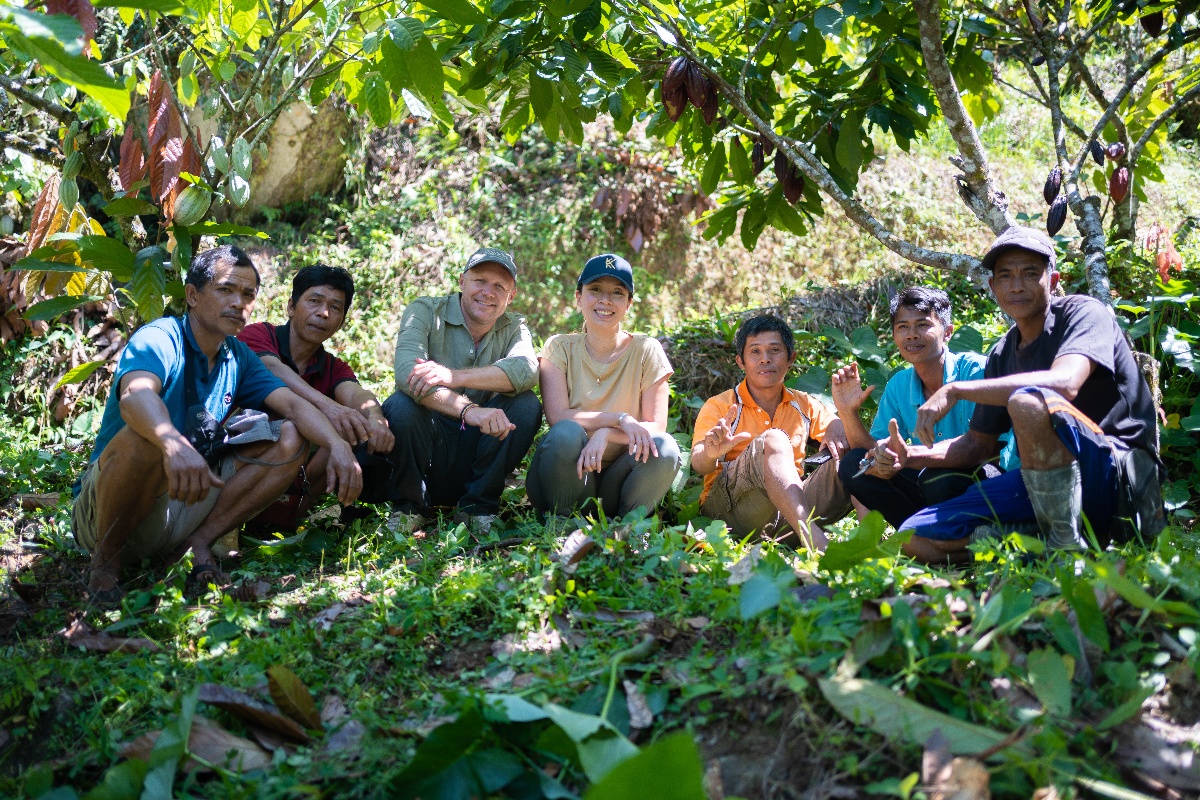
Sebastian Nielsen and COO Sabrina Mustopo met with smallholder farmers in Indonesia's Sulawesi.
What tips would you have for people seeking out good chocolate?
Sabrina Mustopo: I would say start with a dark chocolate. At 70-75%, there's a good balance where you can taste the cocoa itself. And with milk chocolate, with all that sugar and milk powder, all these other ingredients mutes the delicate cocoa notes. Just like coffee, you couldn't taste the coffee as clearly just like if you have a latte versus a black coffee. You taste more the milk and the sugar or whatever else instead of the coffee itself. Same with chocolate. So, go dark first, then you can appreciate the lighter, sweeter stuff later.
But taste isn’t just about flavour, right? Texture, how it melts on your tongue, the aroma - all that matters. Once you take a bite, let it melt slowly, feel the flavour story unfold. Remember, taste is subjective. Embrace what blows your taste buds away, even if it doesn't fit to someone else's idea of "good chocolate."
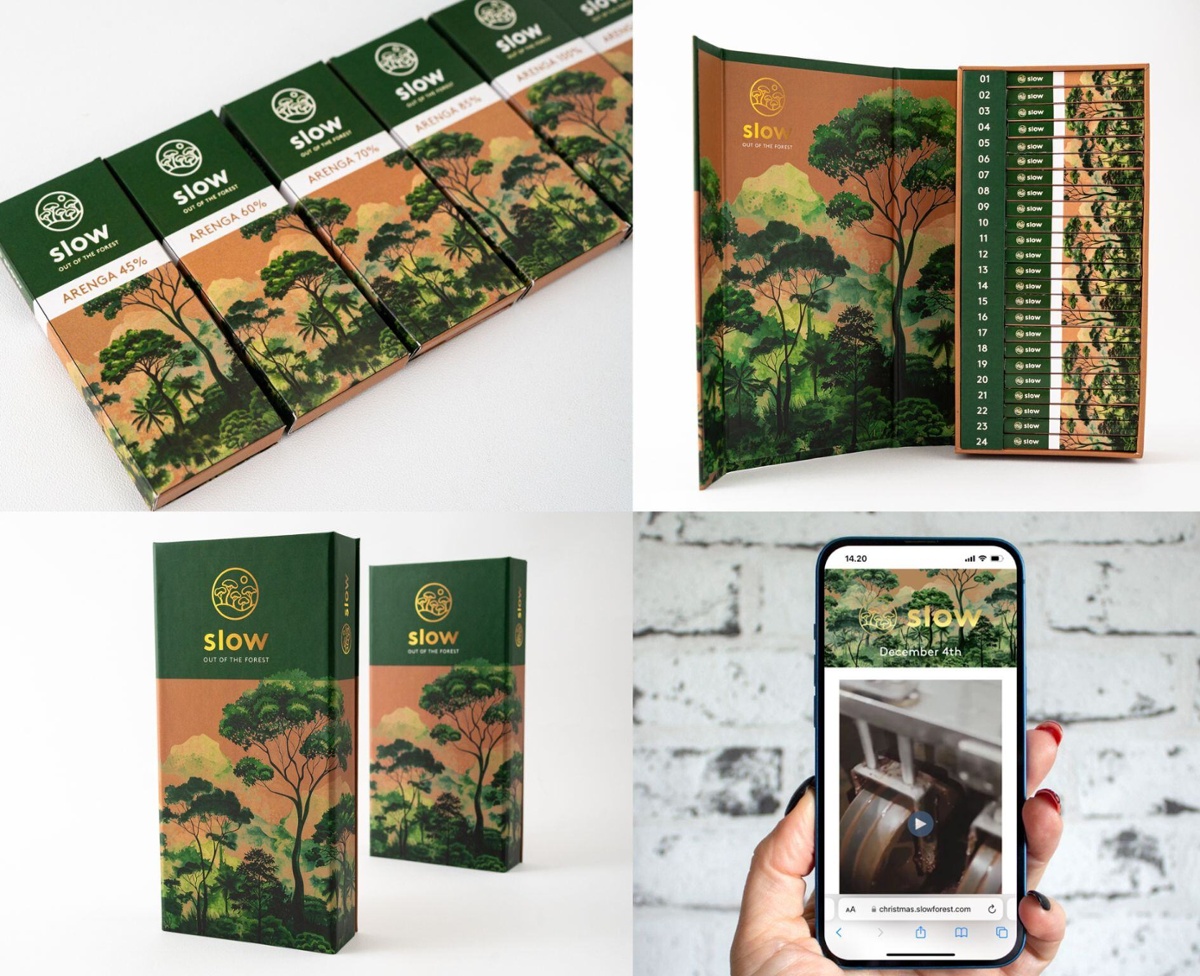
Slow chocolate hand-wrapped in our distinctive packaging.© Slow
What are our plans to further champion farmer-to-bar chocolate in the future?
Sabrina Mustopo: I think we've been focusing a lot on the social aspects of chocolate and cocoa, and now we are gonna focus a bit more on the environmental side as well. Farmers traditionally grow cocoa using agroforestry systems, but how can we improve these methods, right? Shade diversity is definitely important, something we're considering. But there's always room to learn more. We want to get a better understanding of how to manage shade even more effectively over time.
One thing we're focusing on is farm biodiversity. We used to have a good record of what lives on the farms, and I think we can improve on that. It'll still be a farmer-to-bar approach, but remember, farmers are the guardians of the land they work. The cocoa-growing communities next to national parks play a vital role. Taking care of the environment is a shared responsibility, and we want to empower farmers with knowledge and resources they need to appreciate and protect their surroundings.
Want to learn more about Slow chocolate? Ask us
Join Our Newsletter
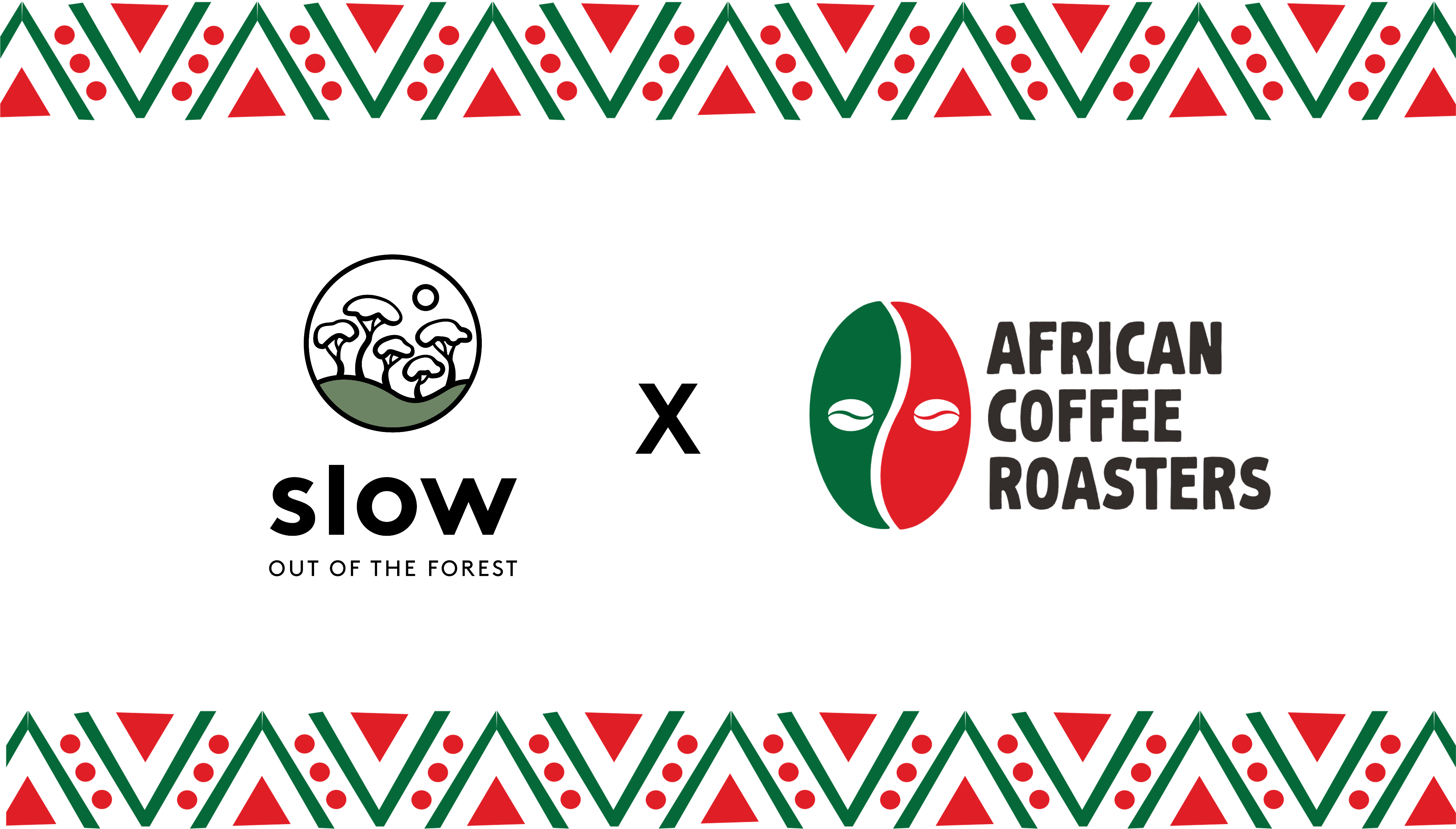
Slow acquires African Coffee Roasters – A New Era for Sustainable Coffee
Big news from Slow. African Coffee Roasters is now part of the Slow family. And this isn’t just an acquisition—it’s a major step forward in how...
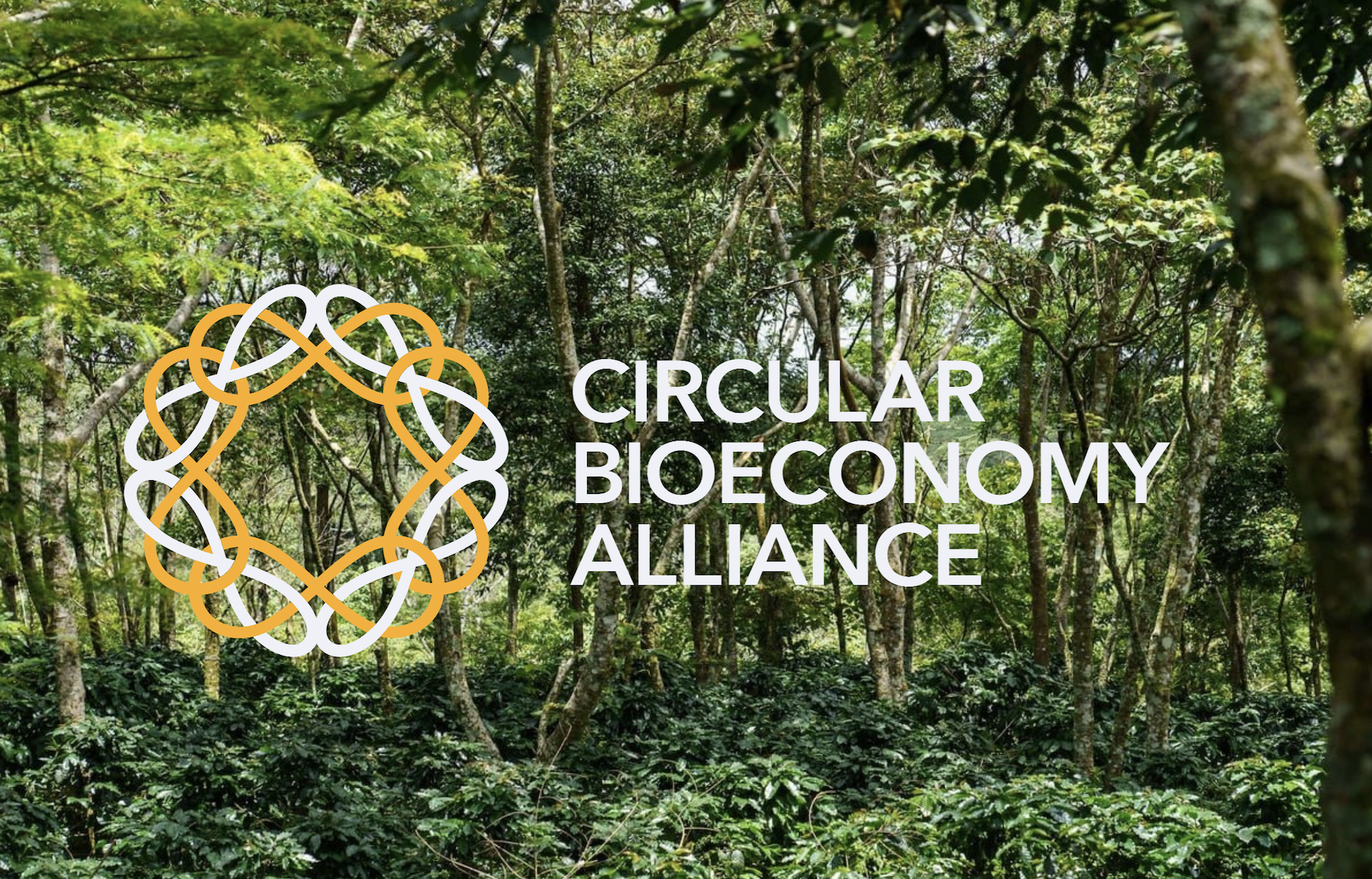
Adopting and embracing CBA’s Principles for Regenerative Landscapes
A few years ago, coffee and chocolate were just products. But at Slow, we’re changing the story. We’re not just selling beans and cocoa, we’re...
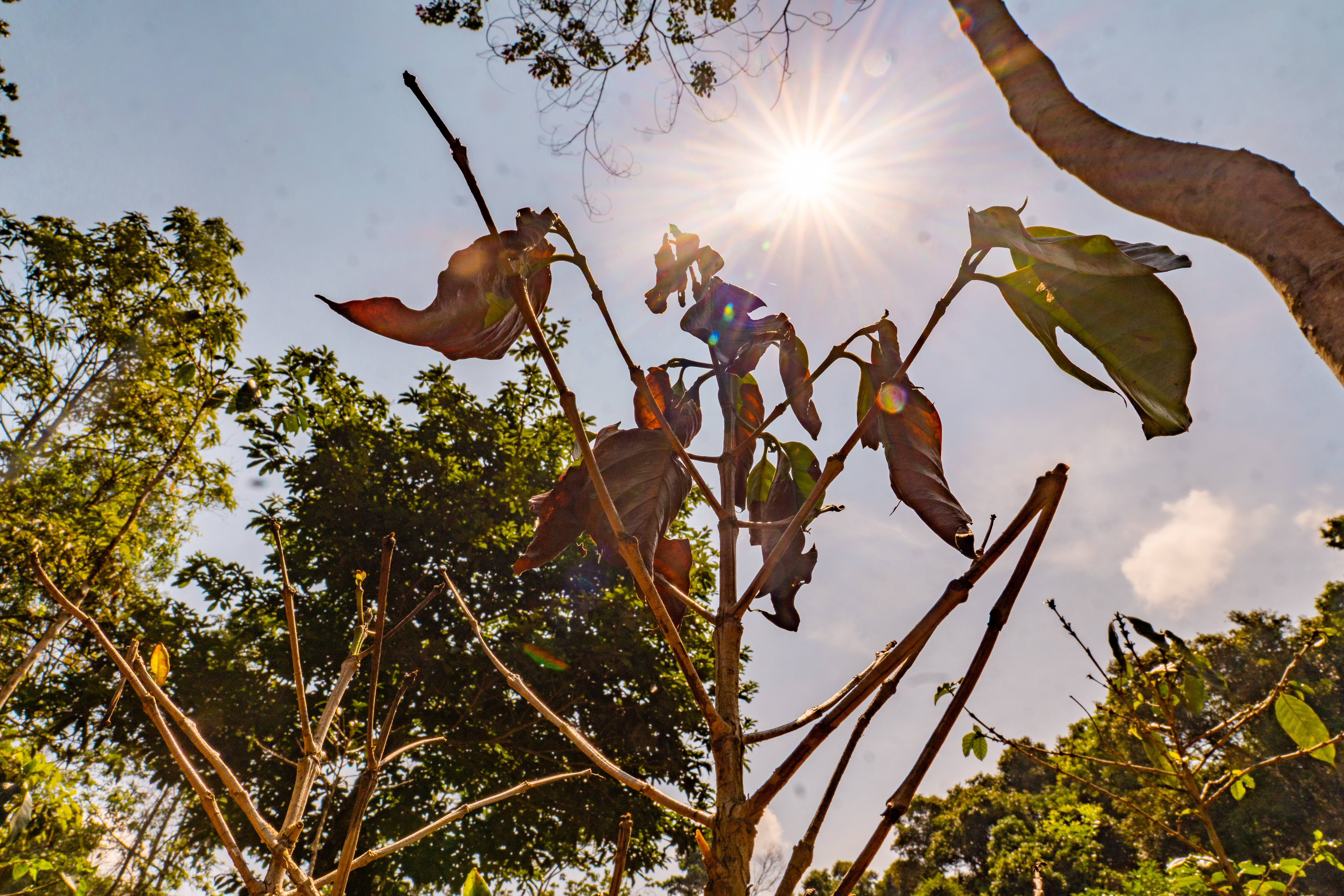
When coffee pricing becomes ‘climate-driven’
For years, coffee prices moved with supply, demand, and speculation. That equation has changed.

